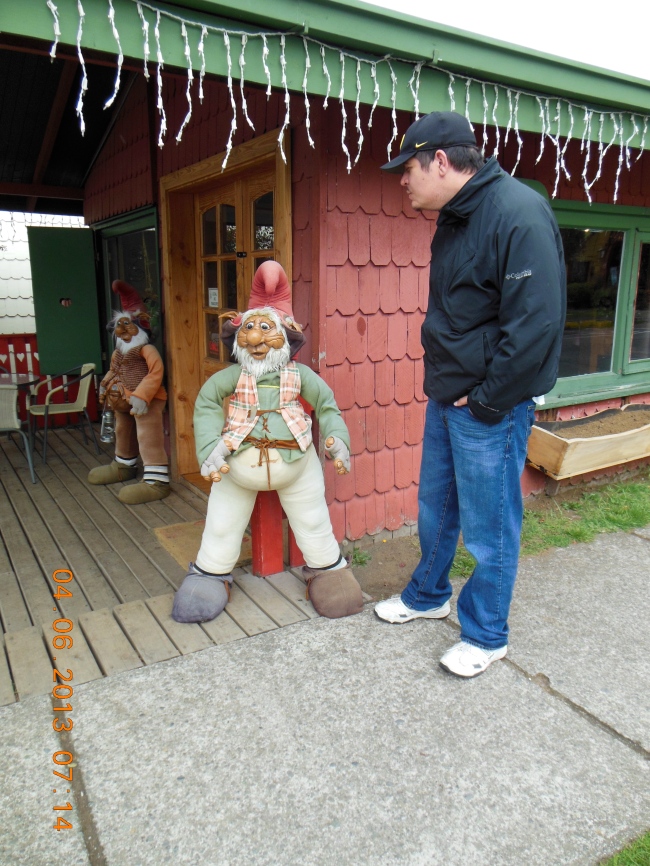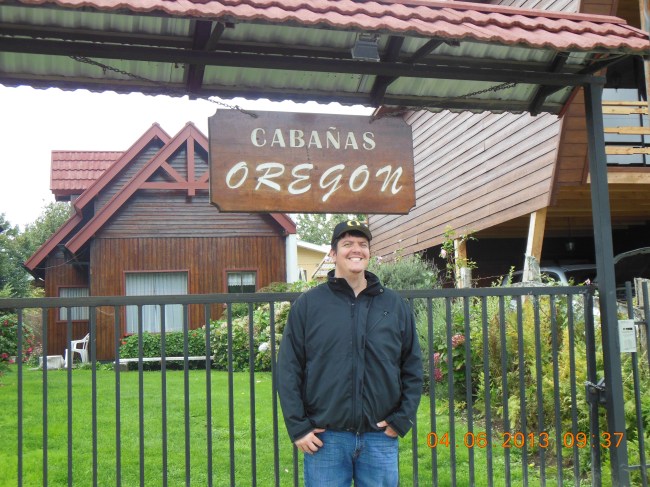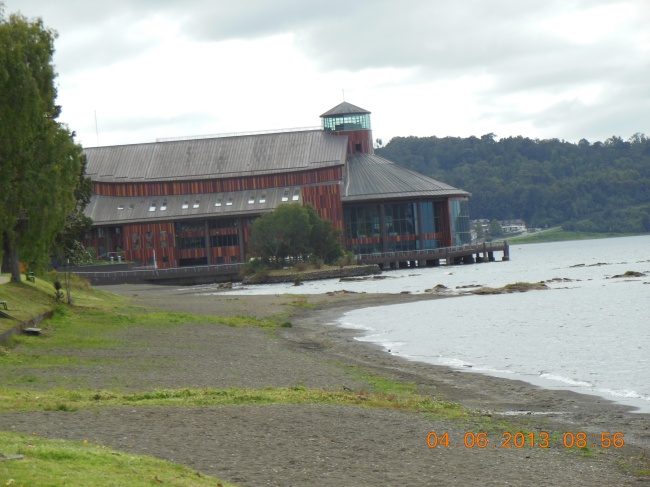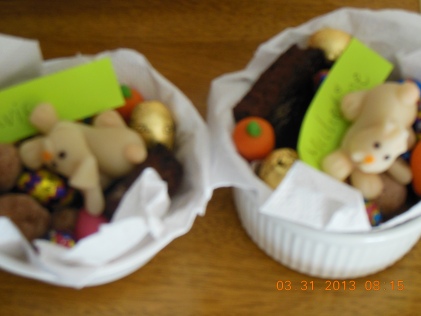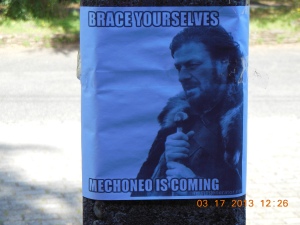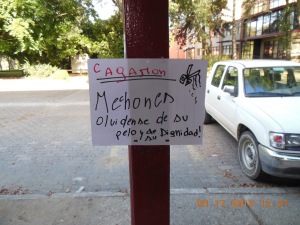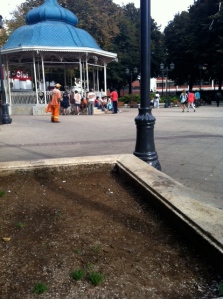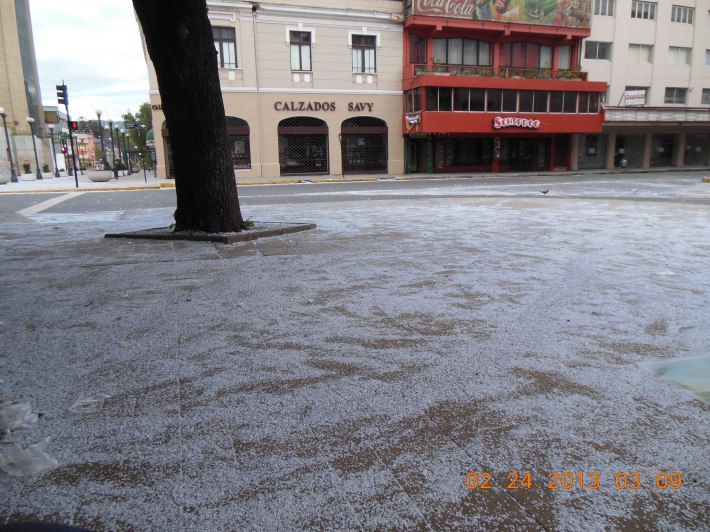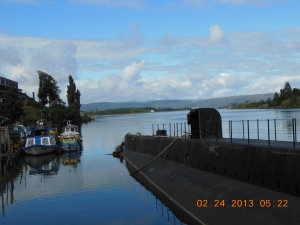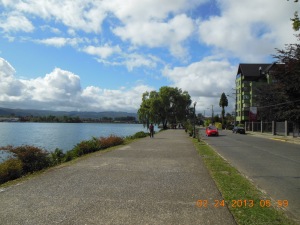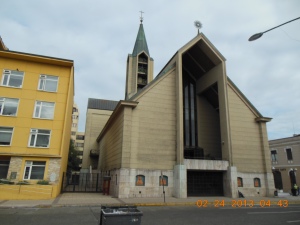Some of you may not know this about me, but I really enjoy a good cup of coffee. In the states I had no trouble indulging my habit, but Chile has been different. The first sign of trouble for my coffee bliss came when one of my coworkers was reading a Chilean travel book I had brought with me to read during lunch. She suddenly broke out into laughter and informed me that travelers in Chile often complain because they can not find a decent cup of coffee. All anyone serves is instant coffee. Unfortunately that has turned out to be largely true.
When I first arrived here I eagerly sought out the places that served “real coffee”. But what I found is that they are expensive and far from my house. Eventually I caved in and bought my first jar of Nescafé. The ingredients section shows only coffee, no additives or fillers to speak of. The flavor is not the same as the coffee we know in the states. Instant coffee has a more acidic, metallic taste. I was confused by the pervasiveness of instant coffee, so I decided to do some research.
(although Nescafé is the most common,
there is a whole isle of a lot of brands of
instant coffee in the grocery store here)
Nescafé is a Nestle product that was first produced around 1930, when a bumper crop of Brazilian coffee and a new technique from Mr. Nestle to dehydrate liquid coffee into instant powder combined to make a light-weight coffee substitute that took nothing but a cup of hot water to brew. This made it the perfect product for soldiers rations and the war helped Nescafé gain a market in America and Europe (Wilson, Randy).
The Nescafé website it full of good PR for the brand. Nestlé claims that 3,000 cups of Nescafé are drunk every second. While instant coffee is only about 25% of coffee sales world wide, Nescafé dominates that slice of the market. Nescafe is the second most recognized brand name in the world, second to Coca-Cola (Wilson). Their website has several articles showing how they focus on helping the farmers grow coffee in a profitable and environmentally responsible manner. They have set goals to increase their effectiveness in these areas. That would be an impressive amount of influence on world wide coffee growing practices, considering how much they buy and process.
My reading on the subject did not help me understand why people here only drink instant coffee, besides that Nestlé has a lot of influence down here. My best guess it that it is just because it is much cheaper than regular coffee, which has to be imported and is taxed, and because people are accustomed to the flavor and do not miss regular coffee.
And to tell the truth I have gotten used to it too. I am sure I will be grateful for a latte whenever we return to the states, but for now I have stopped missing the taste. I have gotten used to the easy routine of making a cup in the morning:
1) boil water 2) dump instant coffee in mug
3) add sugar 4) add milk
5) add boiling water 6) instantaneously have coffee
I consider the fact that Travis and I are now willing to drink instant coffee, even when we go out with friends, to be a sign of how much we have become accustomed to living here. Of course it is much simpler thing to do than to learn the language or culture, but it is also easier to measure. I hope that the change in the way we think about our coffee shows how we have grown and adapted in other ways to our life down here in southern Chile.
All the same, if you have “real” coffee at home, or even better a Dutch Brothers drive through, please drink a cup for us!
Micheline
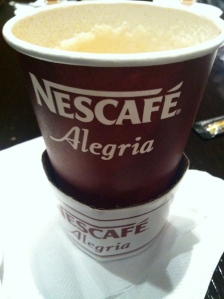
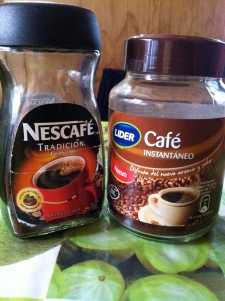
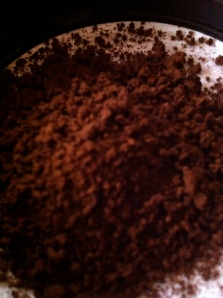
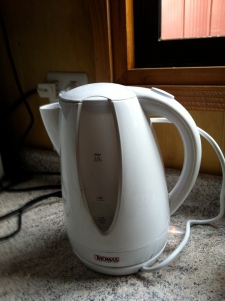
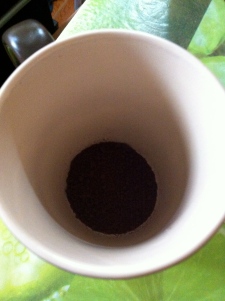
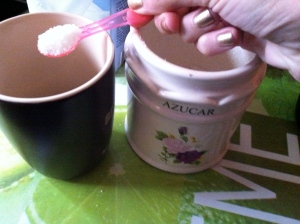
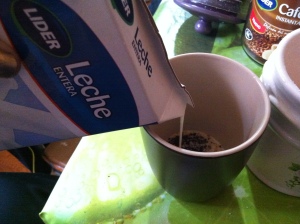
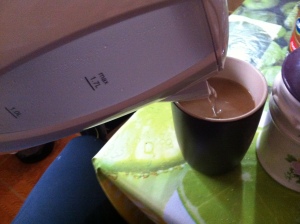
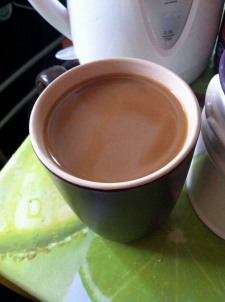
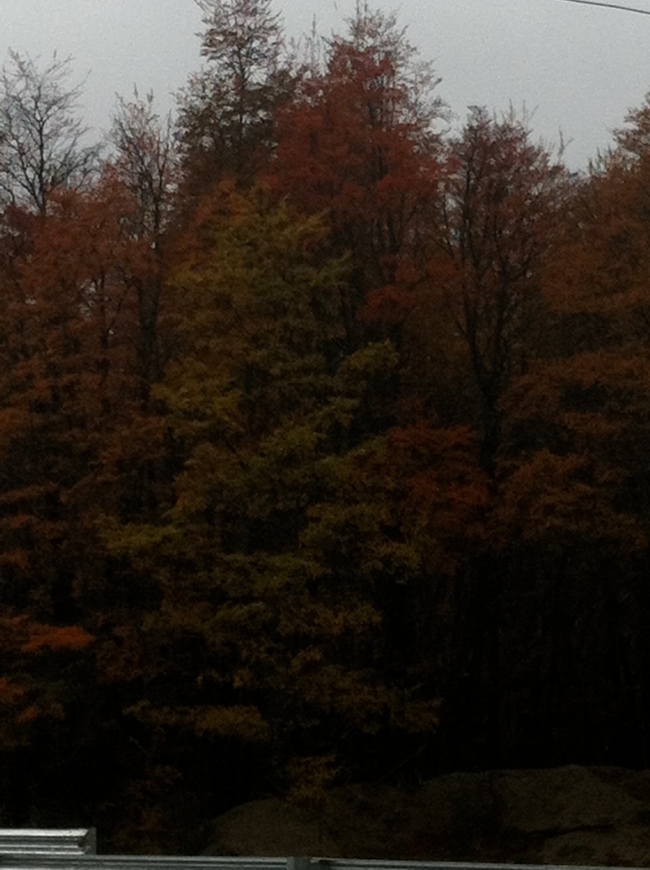
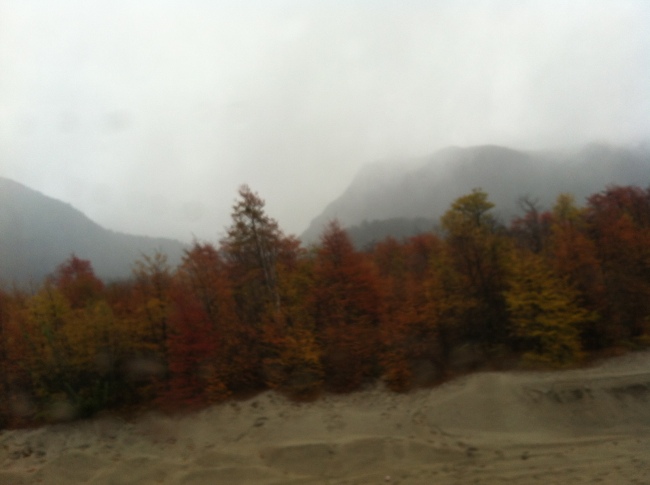
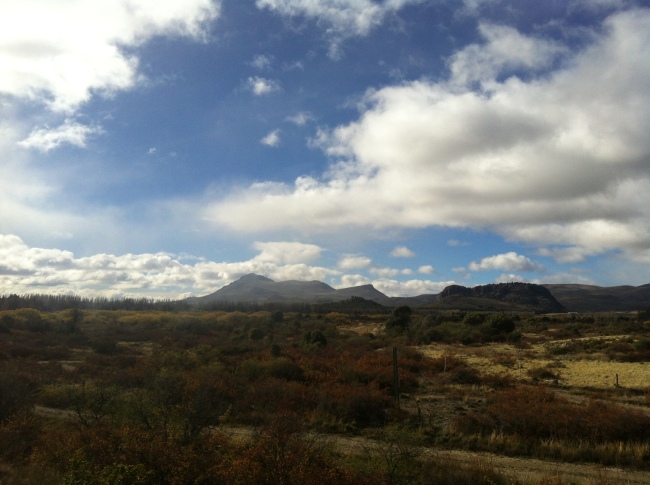
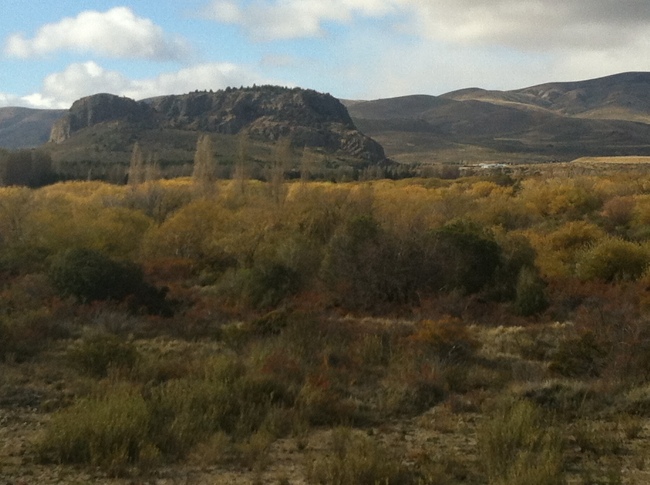
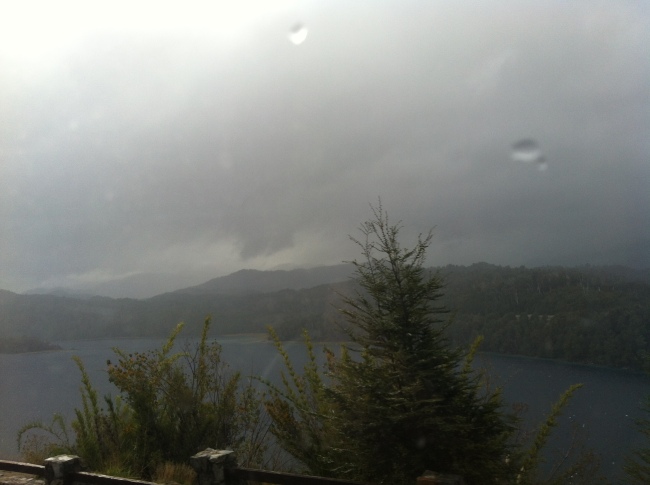
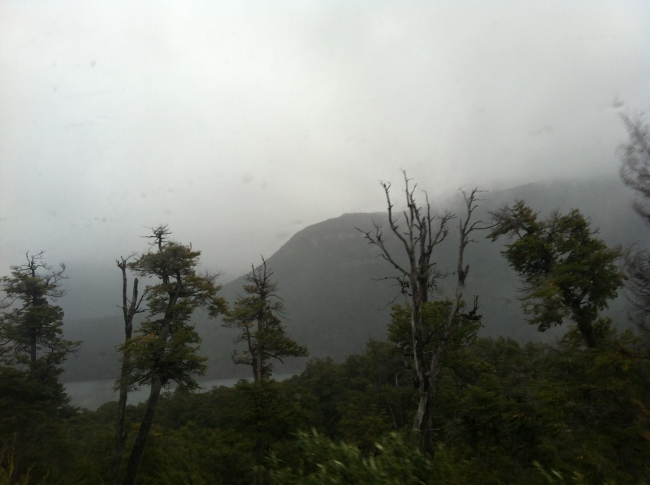
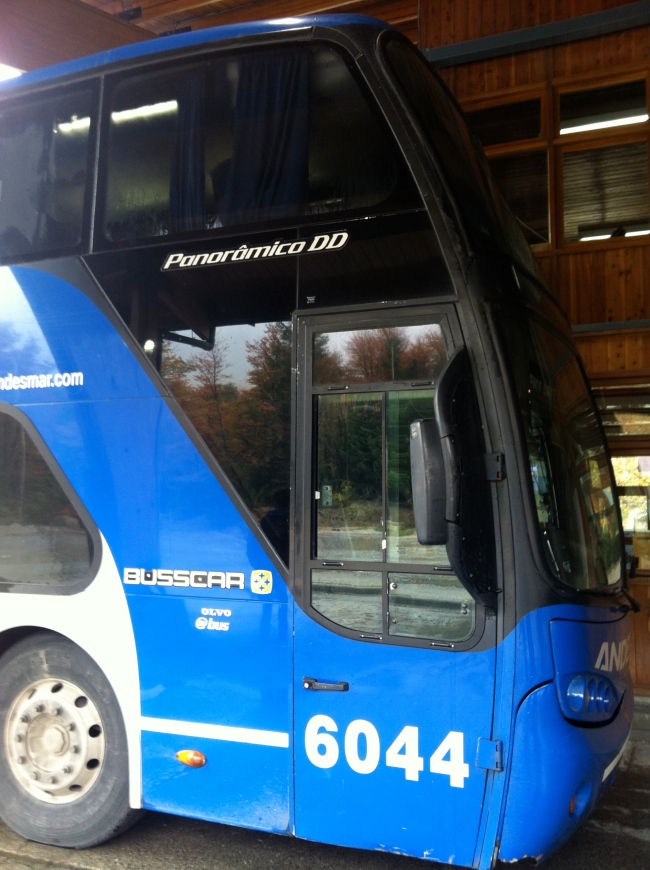
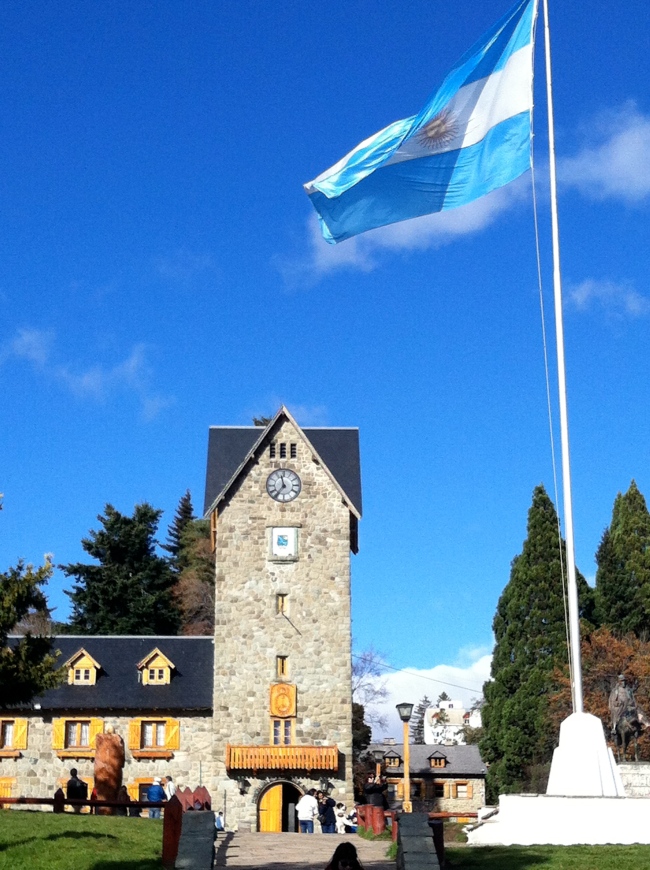
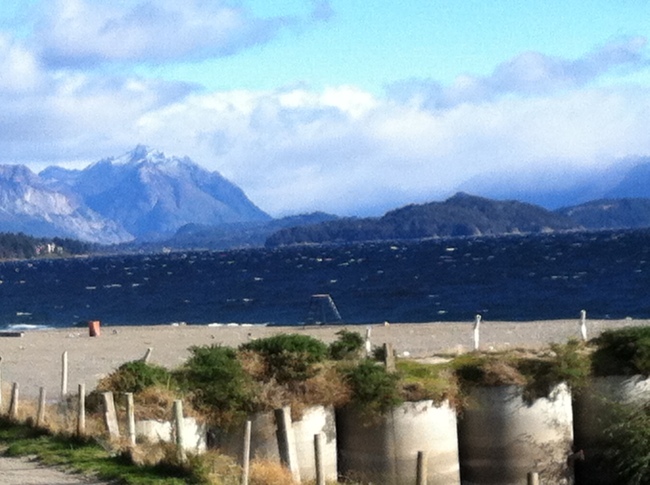
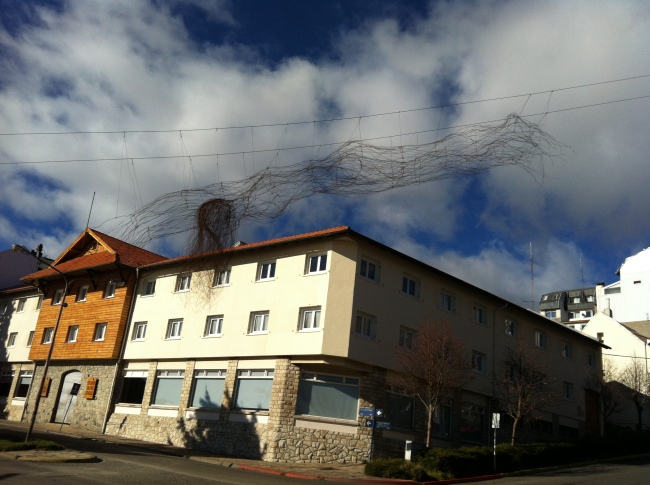
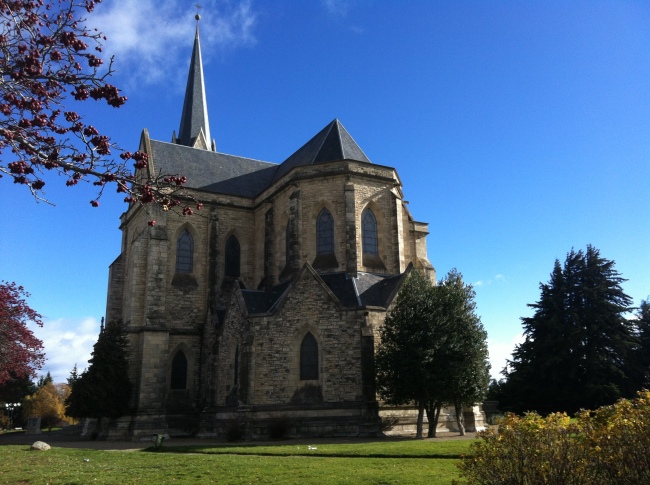
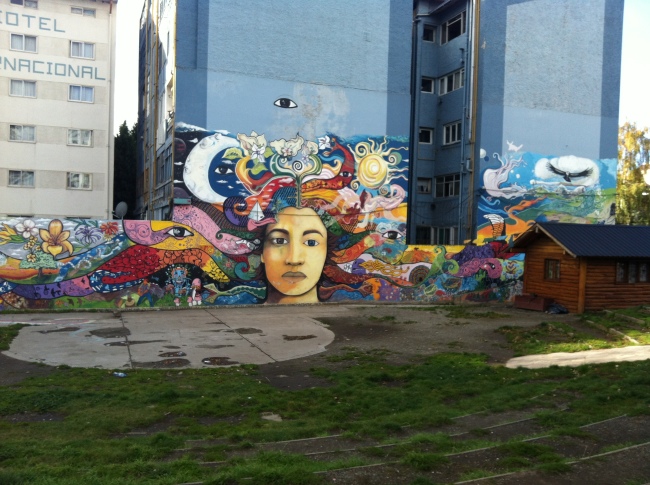
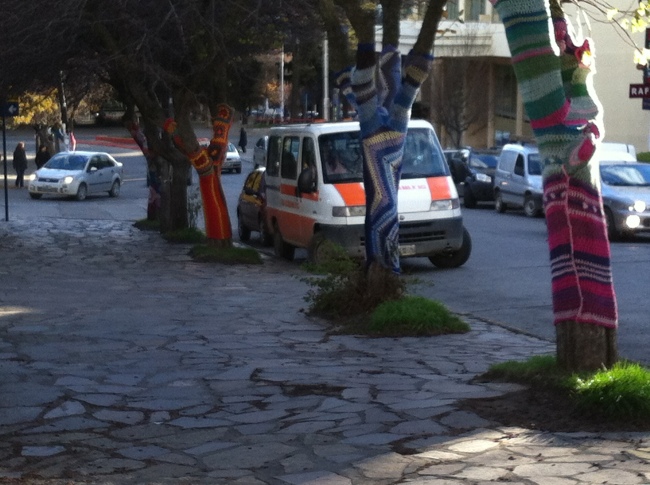
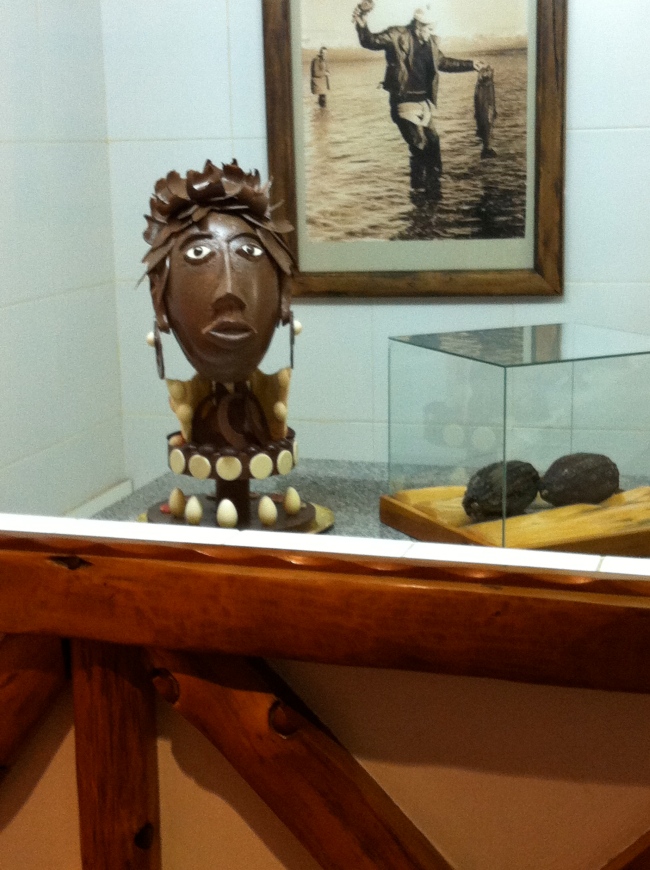
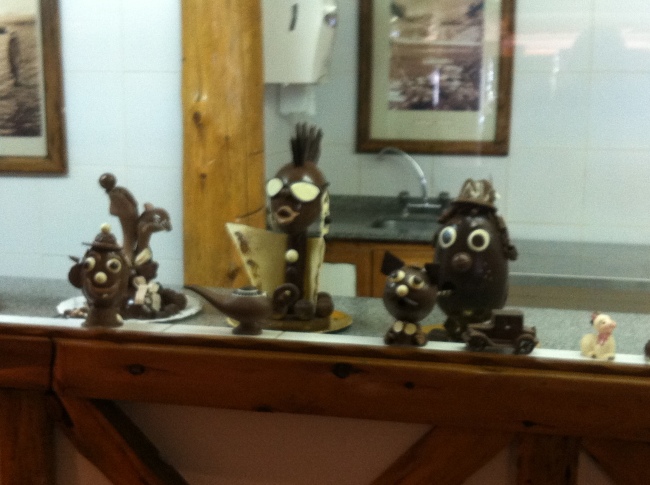
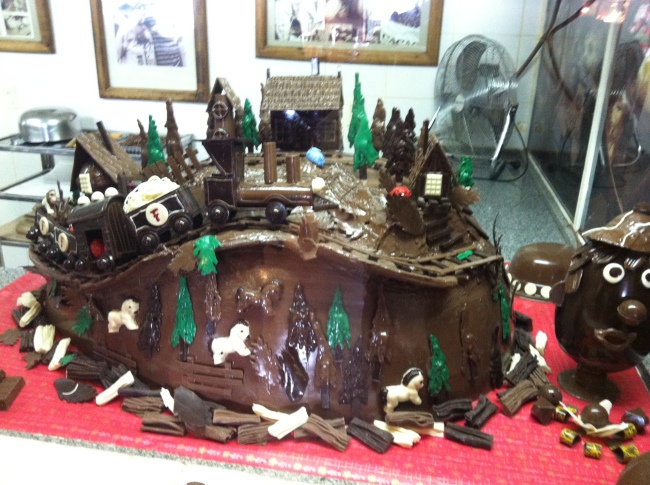
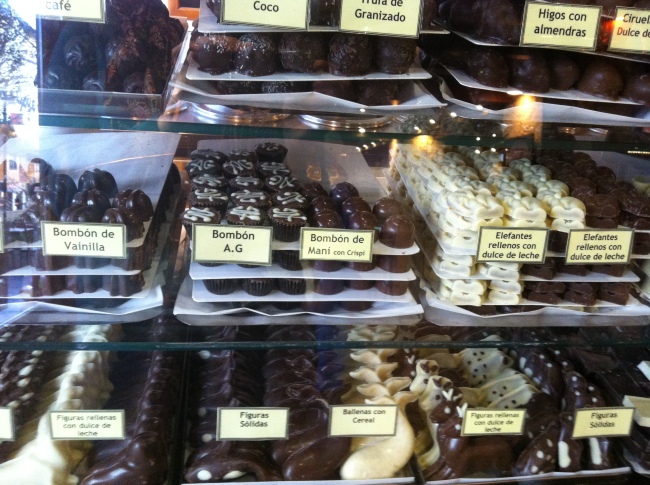
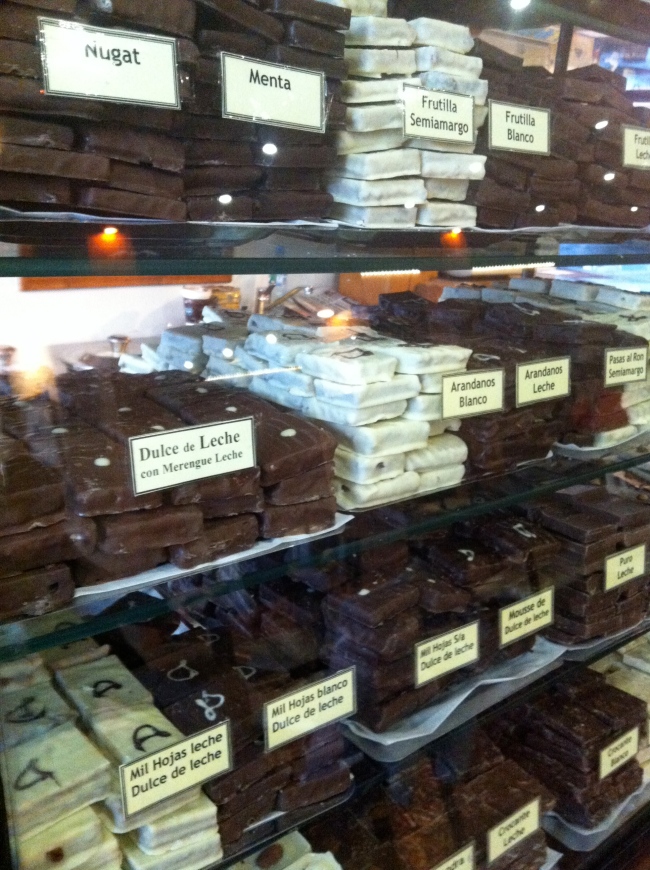
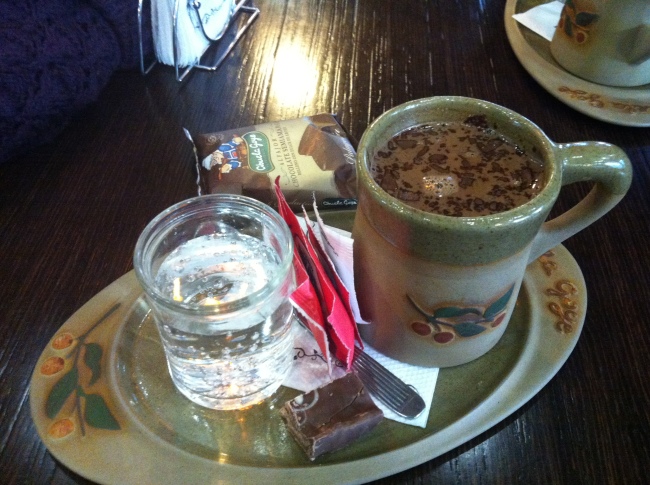
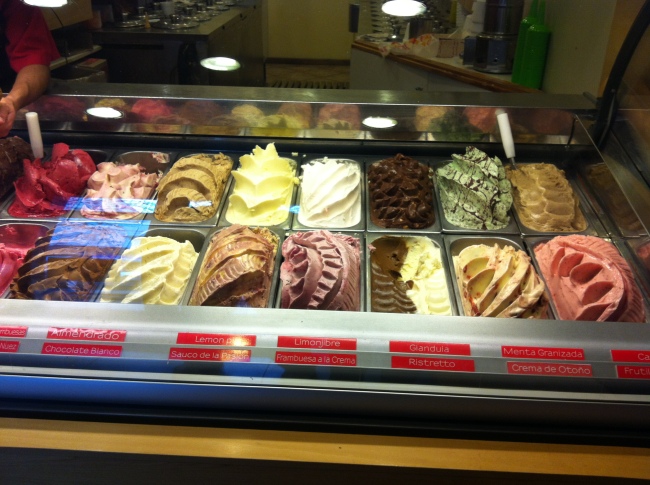
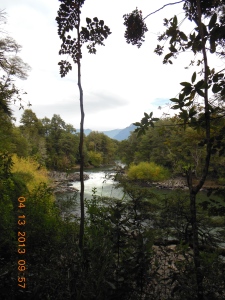
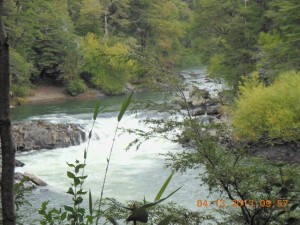
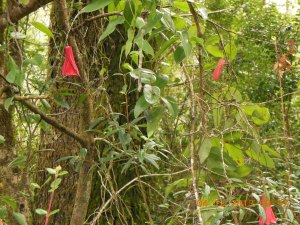
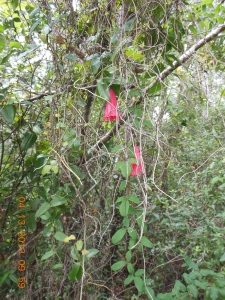
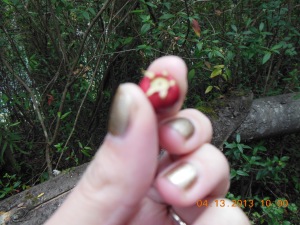
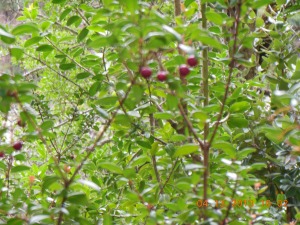
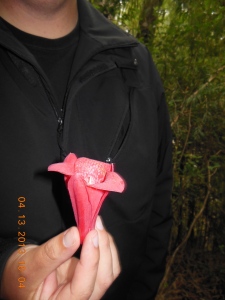
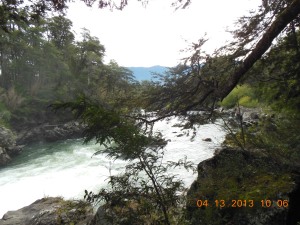
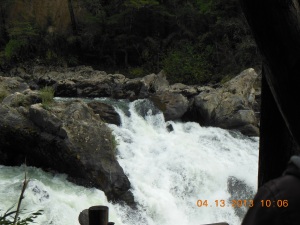
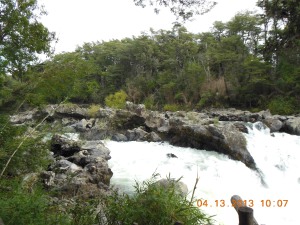
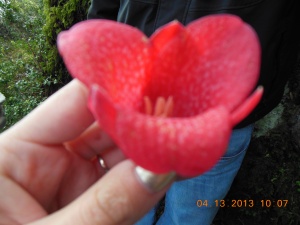
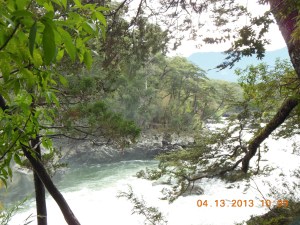
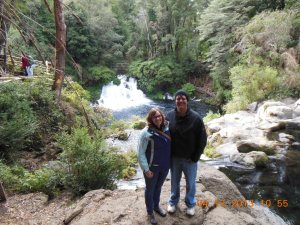
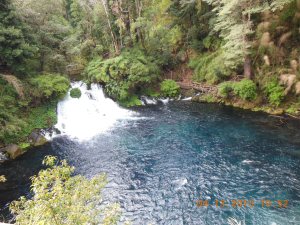
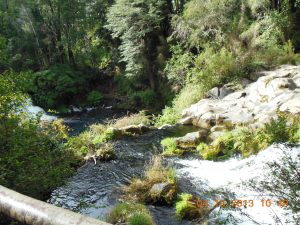
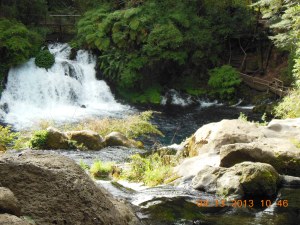
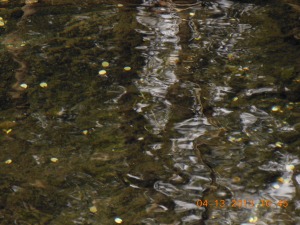
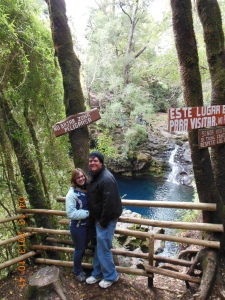
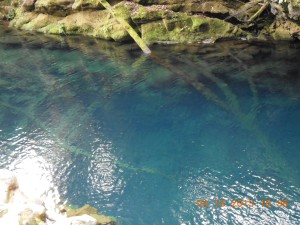
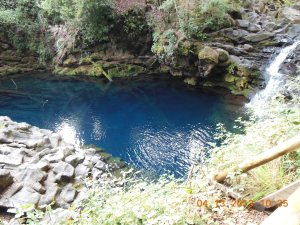
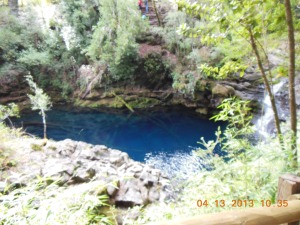
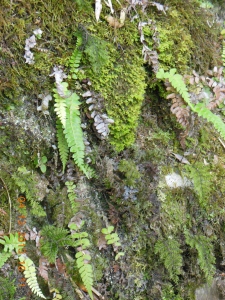
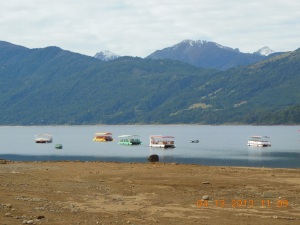
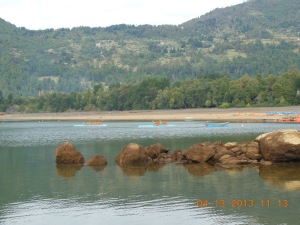
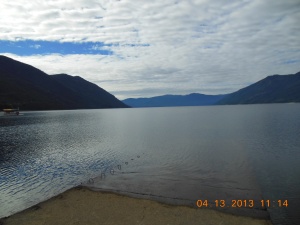
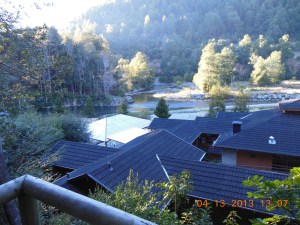
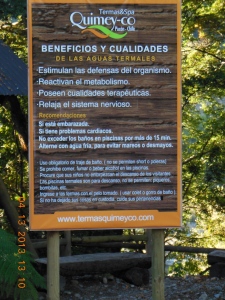
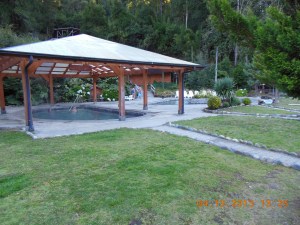
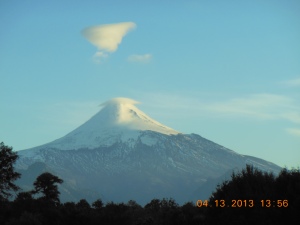
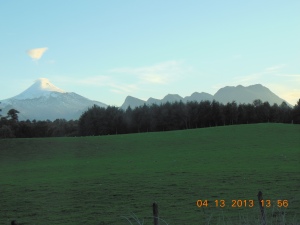
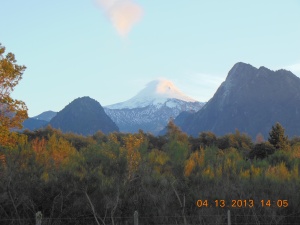
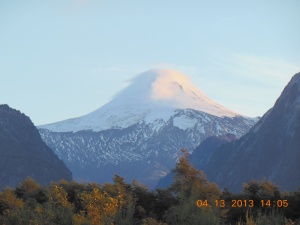
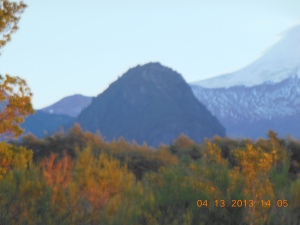
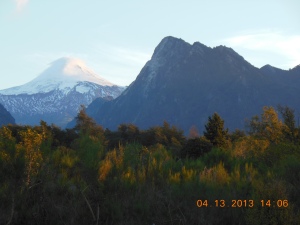
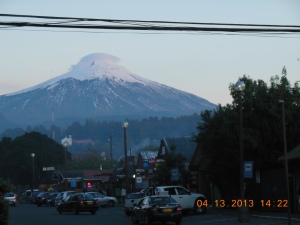
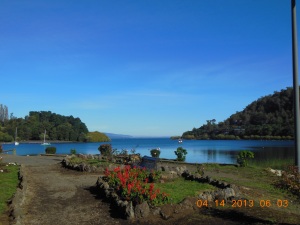
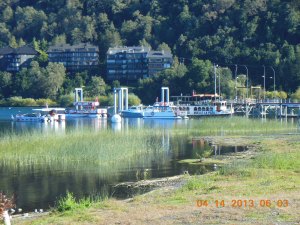
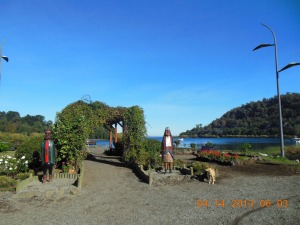
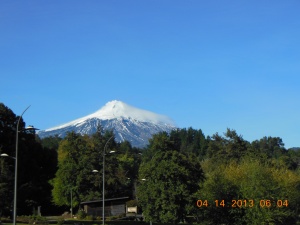
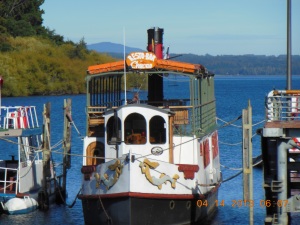
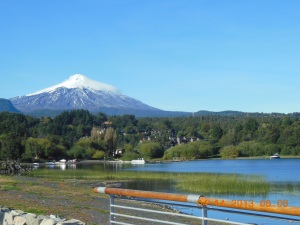
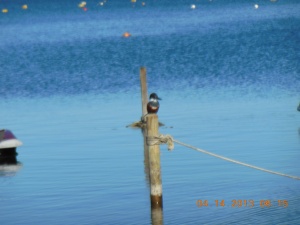
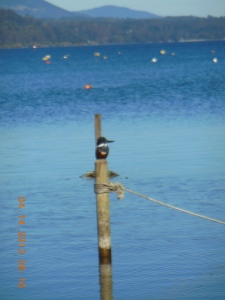
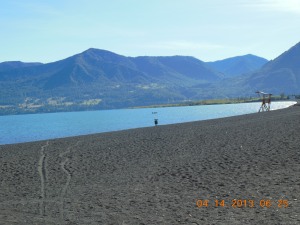
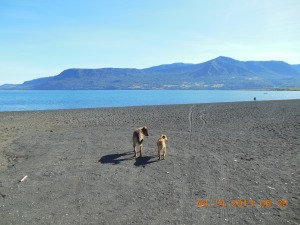
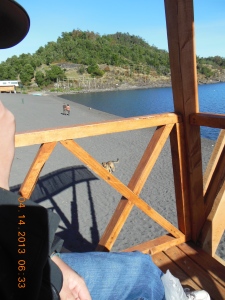
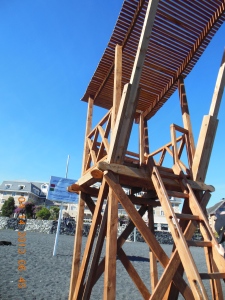
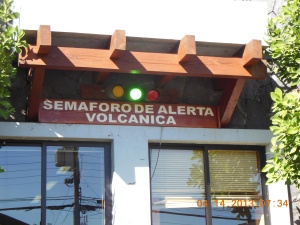
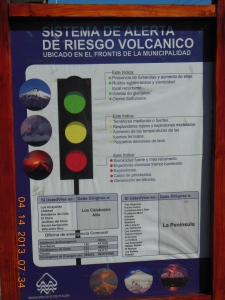
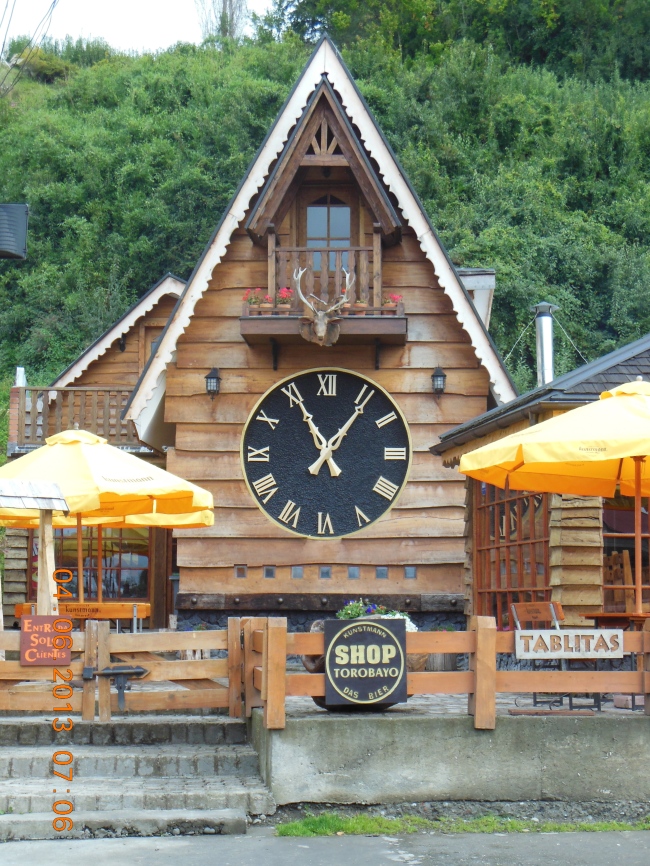
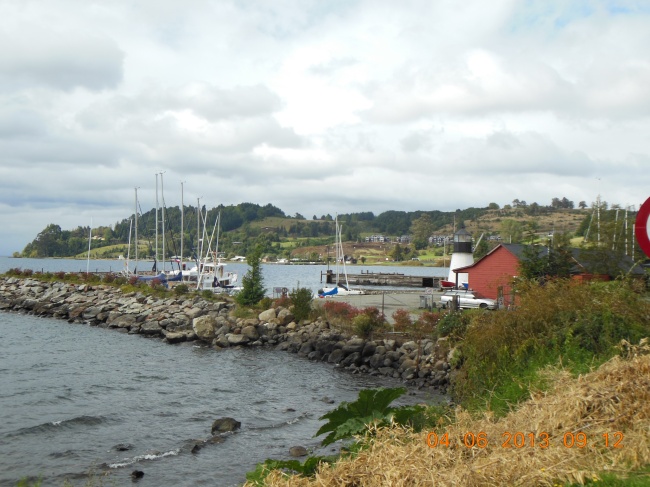 .
.